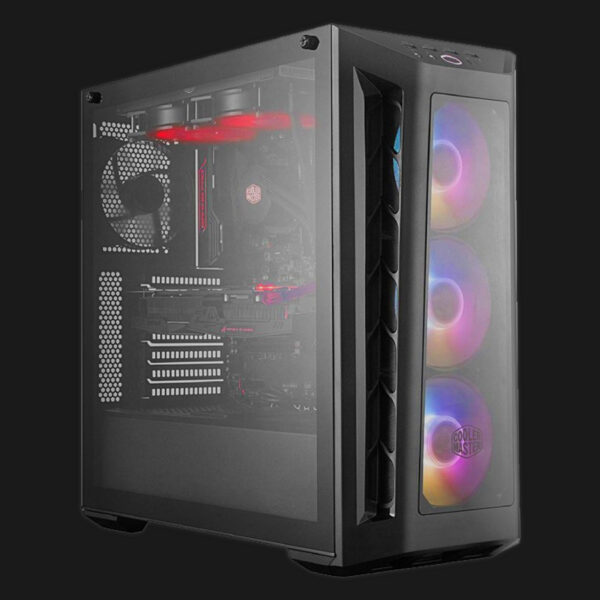I've been into computers since I was like 10 years old, now 25. Ever since, I've always thought that Intel jacked up their clock speed to make it work faster than AMD processors for the average computer user. Until a few years ago, it's still what I did though that Intel tried to fool everyone. I now know what the difference is and that Intel is not lying about their clock speeds, they just had different factors that made it higher.
This post is aimed at people who share the same beliefs and set the record straight. This is by no means meant to be an in-depth article in pipelines and how cpu works etc. This is just to give you the basic idea behind why there is a difference between an AMD MHz and Intel MHz.
First, a MHz is a MHz, no matter what, there is no difference in any MHz. one MHz is a unit of measurement equivalent to one inch, feet, etc. One MHz is one million hertz, MHz is an abbreviation for megahertz. MHz is used to measure the transmission of data on electronic devices. Basically, 1 MHz means that the device can process the data one million times per second. Now let's move on to how AMD and Intel differ.
A computer program runs on your computer and sends instructions to the CPU to be executed. The program sends the instructions in sequence as 1,2,3,4,5, but the CPU can execute the instruction as such 3,4,1,2,5, this is called "execution of order". The CPU breaks down each instruction into pieces like 1a, 1b, 1c and so on, but the CPU may possibly execute 3a before 1a and 2a last because it is waiting for data from 1c. It gets very complicated and I could never explain how it all works. This is just so you understand that the CPU is very complex and the execution of programs is very complex.
Basically, this is where Intel and AMD differ. The speed difference comes from how fast the CPU can execute instructions out of order and how fast the chips can execute. Imagine that you need to build a brick garage and that you have 22 or 31 small trucks to carry the bricks to the construction site. Then imagine in another place that you have 12 larger trucks to carry the bricks. Which do you think will be done faster? If you chose the 12 larger trucks, you have your right, and that's the way AMD chose. Intel chose the second path that turned out to be the wrong one (The information on the pipeline refers to the older Intel and AMD processors).

What happens here is that for an Intel CPU to perform a simple task, it must perform 22 or 31 things, and an AMD CPU only needs to do 12. This means that you have an AMD CPU running at 3.0GHz and an Intel runs at 4.0 GHz, the Intel chip performs less work per. Clock cycle and several cycles. Basically, the Intel chip runs faster in MHz, but does a lot more work for the same result.
This is why Intel and AMD MHz do not agree because there are many other factors that go into calculating the clock. Just because an Intel chip has a faster speed does not mean that it is faster in real-world applications than a slower AMD chip.
Since Intel dumped the Net Burst model for their CPUs, they now use a 14-step pipeline, which is much better. Using multiple pipelines and driving at high times still caused them overheating and other problems. These new Intel CPUs require less power and can operate at cooler temperatures. So here's one for Intel, now just tell AMD they were right all along and I'll be happy. AMD has maintained the 12-step pipeline in their Phenom processors.
Again, this article was just to bring some of the misunderstanding to rest, how AMD and Intel calculated clockwise, and why a slower AMD CPU clockwise could outperform a fast Intel CPU. This is true of the older AMD and Intel CPUs, AMD is losing the speed battle now that Intel has cut the number of pipelines. If you find any of my information inaccurate, please leave a comment or send me an email using my contact form.




No comments:
Post a Comment